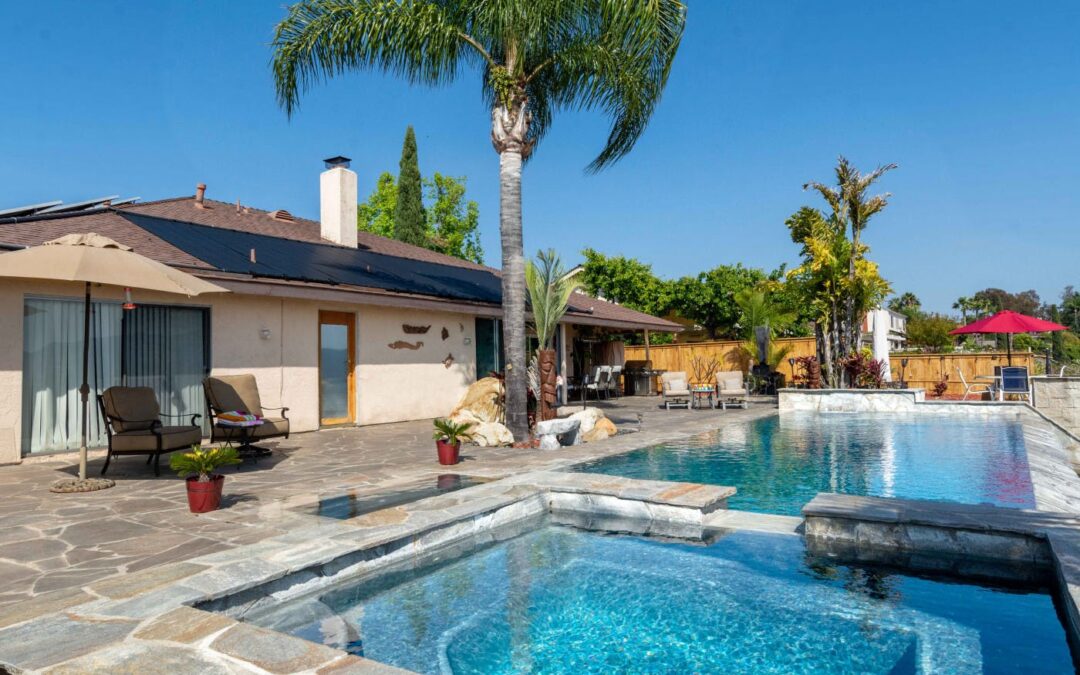Maintaining a clean pool filter is crucial for ensuring that your pool stays sparkling clean. In this extensive guide on how to clean pool filter, we will explore everything you need to know about keeping this essential component of your pool system in top shape. Whether you have a sand, cartridge, or DE filter, this article will provide you with clear instructions and helpful suggestions. Understanding how to clean pool filter can not only enhance the quality of your swimming environment but also prolong the life of your equipment.

Why Cleaning Your Pool Filter is Important
The pool filter plays a pivotal role in your pool’s cleaning system. It removes debris and maintains water clarity. A clogged or dirty filter, on the other hand, can lead to poor filtration, making your pool a breeding ground for bacteria and algae. Regular cleaning ensures efficiency and safe swimming conditions.
Types of Pool Filters
Sand Filters
Sand filters are one of the most popular types among pool owners. They use a bed of sand to trap particles. These filters are typically cleaned by backwashing.
Cartridge Filters
Cartridge filters use a paper-like mesh to capture debris. These filters require more frequent cleaning than sand filters but are generally easier to maintain.
Diatomaceous Earth (DE) Filters
DE filters provide exceptional filtration and use a fine powder to filter particles out of the water, requiring thorough cleaning and recharging with DE powder after each cleaning session.
Steps on How to Clean Pool Filter
General Safety Precautions
Before cleaning, ensure the pool system is turned off. Wear protective gloves and eyewear to protect against chemicals and debris.
How to Clean a Sand Filter
1. Turn off the pump.
2. Set the valve to ‘backwash.’
3. Run the pump for about 3-5 minutes.
4. Turn off the pump and set the valve to the ‘rinse’ position.
5. Run for another minute, and then reset to ‘filter.’
How to Clean a Cartridge Filter
1. Turn off the pump.
2. Open the filter compartment and remove cartridges.
3. Hose down the cartridges to remove debris.
4. Soak cartridges in a solution of filter cleaner and water.
5. Rinse thoroughly and reinstall.
How to Clean a DE Filter
1. Turn off the pump.
2. Open the filter to access DE grids.
3. Backwash to remove DE powder.
4. Remove and hose down grids.
5. Reapply DE powder once grids are back in place.
Maintenance Tips for Pool Filters
Know When to Backwash
Your systems pressure gauge will inform you when its time to backwash. Rising pressure means it might be the needed time for cleaning.
Regular Inspection
In addition to scheduled cleaning, visually inspect the filter components for wear and tear. This helps prevent unexpected failures.
Use the Right Cleaning Products
Using products specifically designed for your filter type ensures effective cleaning without damaging the equipment. Proper maintenance can significantly extend the life of your filter.
When to Replace the Pool Filter
Even with meticulous cleaning, all filters have a lifespan. You may need to replace your filter if cleaning does not improve filtration efficiency. Typically, sand filters last 5-7 years, cartridge filters 1-2 years, and DE filters about a decade.
Conclusion
Understanding how to clean pool filter effectively can ultimately save you time and money while ensuring your pool remains clean and safe for swimming. Proper maintenance and timely inspections can help extend the life of your filters significantly.
For more detailed instructions and tips on maintaining your pool, this external guide might be helpful.

FAQs
How often should I clean my pool filter?
Cleaning frequency depends on filter type and pool usage. However, it’s advisable to clean cartridge filters monthly, backwash sand filters every few weeks, and clean DE filters at least once per month during peak season.
Can I use household cleaners on my pool filter?
Using household cleaners is not recommended as they may damage the filter material. Always use cleaners specifically designed for pool filters.
Why does my pool filter pressure increase?
Increased pressure could signify the filter needs cleaning or that there’s a blockage in the system, leading to inefficient filtration.
Read More:
For insights into revolutionary pool technologies, explore how WaterX’s Innovative Patents are shaping the future of pool maintenance.
Discover advanced solutions with the DripX Leak Detection System that leverages cutting-edge technology to ensure optimal pool safety.
Delve into the technology that makes DripX’s Sensors so effective at keeping pool environments clear and safe.
Learn how machine learning is transforming pool maintenance with the New Era of Leak Detection.
Explore functionalities of other pool tools like using a drill press for different applications through our detailed guide on Drill Press Capabilities.
This article contains affiliate links. We may earn a commission at no extra cost to you.

